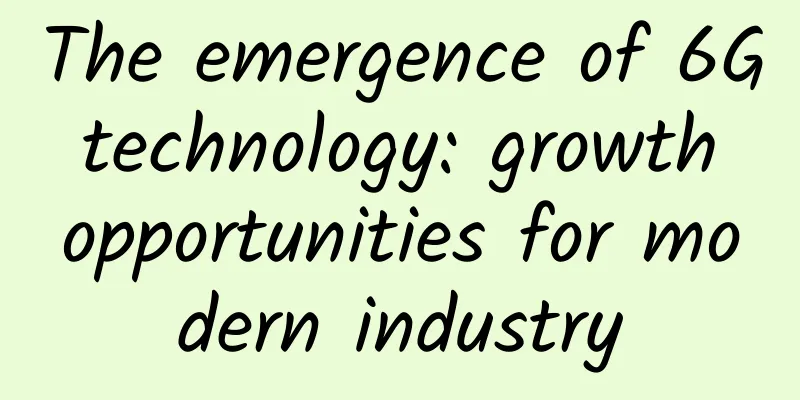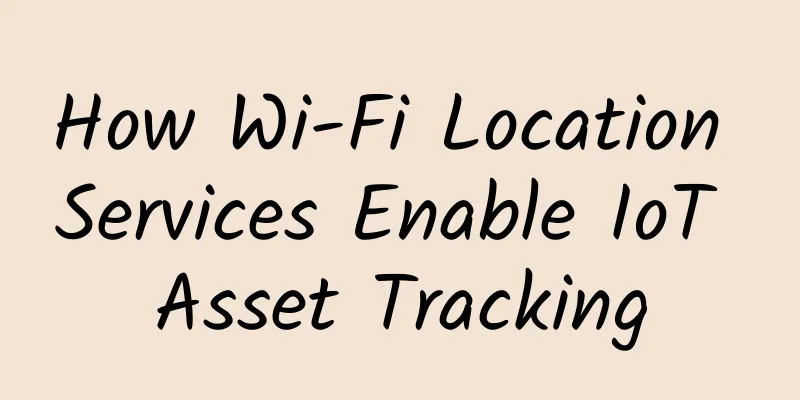The emergence of 6G technology: growth opportunities for modern industry

|
The potential of 6G technology will become apparent as it has the inherent power to deliver an immersive smartphone experience. It opens up multiple opportunities, blurring the lines between physical and online platforms. In other words, 6G technology will create a collision of physical and virtual reality. Work and home will be deeply connected, and people will move around freely for social interactions. The latest data shows that the global 6G market will achieve a financial value of approximately US$1.04 billion in 2028. The industry is expected to reach approximately US$40.99 billion by 2032, with a compound annual growth rate of 150.4%. 6G network: lack of agreement but huge market potentialCurrently, there are no standards for 6G networks, as there is still much work to be done in terms of power consumption and wireless signal transmission. The Federal Communications Commission (FCC) of the United States has set 95 GHz and 3 THz for initial research and development (R&D). The latest research shows that the University of Oulu in Finland has launched the 6Genesis research project to establish a 6G vision for 2030. The institution has decided to cooperate with the Beyond 5G Promotion Consortium of Japan on the Finnish 6G flagship 6G network research. In addition, the Electronics and Telecommunications Research Institute (ETRI) of South Korea is experimenting with terahertz frequency bands for 6G. In contrast, Samsung plans to invest more than $355 billion in chipset manufacturing to promote the advancement of 6G architecture. 6G technology: a powerful cluster of networksThe commercialization of 6G technology may take another decade as there is still a lot of work to be done. Experts must think about the technical challenges of providing higher speeds, greater storage capacity and lower latency than 5G networks. Since the 6G network will trigger the convergence of existing technologies, it will be a multi-interface network. According to Phil Solis, the application of 6G network will surpass the market due to Orthogonal Frequency Division Multiple Access (OFDMA) in WiFi 6. It is a technology that supports uplink and downlink communication with multiple clients with the help of numerous resource units (RUs). According to Paolo Gargini, experts are talking about a hybrid application of 6G technologies, but infrastructure changes will be required. For example, fiber optic broadband connections will need to be installed to limit signal losses during data transmission at terahertz (THz) frequencies. There is another way to increase data transmission rates and control resource consumption. Japanese telecommunications company NTT's 6G work includes progress and testing of mobile networks that utilize an end-to-end optical communication architecture called Innovative Optical and Wireless Network (IOWN). The network cluster uses photons for fast data transmission without converting data into electrical signals. NTT aims to improve power consumption, end-to-end latency, and transmission capacity by 100 times compared to traditional methods. Spirent Douglas said 6G technology will promote the convergence of WiFi and cellular technologies. There can be any software under the 6G network, but if there is standardized interoperability, users will not have any problems. Nevertheless, the vision of 6G and any standardized approach is likely to change before its widespread commercial use. Potential applications of 6G technology6G network will change the world due to its wide range of applications. According to experts, its various use cases are as follows:
ConclusionThe need for large-scale development and intelligent networks is an important factor in the growth of the global 6G market. Polese said that the arrival of 6G technology will solve the problems of 5G networks. The introduction of 6G with higher frequencies for fast data transmission is very attractive to universities and industries. According to Jornet, 6G will make enough progress to make the progress obvious. Therefore, it will guide the further development and finalization of standards. |
>>: Research on 5G promoting industrial information transformation and upgrading
Recommend
Talk about the past and present of WiFi
When it comes to the development of WiFi, we have...
RAKsmart: High-security servers from $79/month, cluster servers from $142/month, data centers in the United States/Japan/Korea, etc.
Earlier this month, we shared information about R...
Unlimited traffic ≠ unlimited traffic usage. Have you ever encountered this kind of "trap"?
"Use data nationwide as you wish", &quo...
iWebFusion: US servers start at $49/month, high-end servers start at $219/month (Dual E5-2699v4/384G/1T NVMe/25TB)
iWebFusion (also known as iWFHosting) is a subsid...
HUAWEI CONNECT 2017 is coming, and the digital transformation of the industry will open up new growth space
At the 2017 Huawei Analyst Conference in April 20...
How do we correctly interrupt a thread that is executing? ?
[[358852]] The author has developed a simple, sta...
If I have an unlimited data plan, should I cancel my home wired broadband?
In fact, if it is a truly unlimited data package,...
Cloud computing: the first city of new infrastructure to emerge during the epidemic
There is no doubt that 2020 is a huge boom period...
NB-IoT smart door magnet market stimulated by the epidemic
In 2020, at the beginning of the new year, a &quo...
How does DH+ compare to Ethernet?
When it comes to industrial communication protoco...
5G package prices have dropped, but is price really the factor that prevents consumers from upgrading to 5G?
5G is about to be officially commercialized for o...
2020 China Computer Education Conference: Building a University Computing Talent Ecosystem with an “Intelligent Base”
[51CTO.com original article] From December 18 to ...
How future technologies will improve physical security in data centers
In recent years, the demand for security solution...
Broadband upload speeds are seriously unequal, but China Unicom, China Telecom, and China Mobile are not that bad.
In recent years, with the continuous advancement ...
5G, edge computing and the Industrial Internet of Things
The new 5G network will transform many industries...









